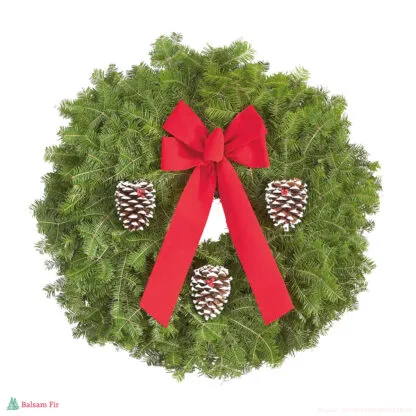The History of Wreaths

Ancient Beginnings: Where Wreaths First Took Root
The story of wreaths kicks off in the ancient world, steeped in triumph and prestige. Their origins trace back to Greece and Rome, where they were more than just decor they were badges of honor.
Greece: Laurel Crowns of Victory
In ancient Greece, wreaths were all about glory. Made from the bay laurel plant sacred to Apollo, the god of music and healing these leafy crowns were draped over the heads of winners at the Olympic Games. The history of wreaths here is a tale of celebration, marking those who conquered the toughest challenges.
Rome: Power in Every Leaf
Over in Rome, wreaths kept the victory vibe alive. Generals donned laurel wreaths after epic battles, while olive branch “coronas” popped up at festive gatherings. These wreaths screamed power, achievement, and joy, cementing their place as symbols of status in Roman culture.
Wreaths in Pagan and Christian Traditions
As time marched on, wreaths found new meaning in spiritual rituals, bridging old beliefs with emerging faiths.
Pagan Roots: Circles of Life
Christian Twists: The Advent Wreath
Fast forward to the 16th century in Germany, and the Advent wreath was born. With evergreen branches and four candles one lit each week before Christmas—it became a symbol of hope and anticipation for Christ’s arrival. This clever adaptation shows how the wreath’s ancient origins flexed to fit new traditions.
The Renaissance and Beyond: Wreaths as Art
Wreaths didn’t just survive history they strutted into the spotlight as symbols of beauty and emotion.
Renaissance Elegance
During the Renaissance, wreaths went artsy. Painters and sculptors crowned angels and saints with them, turning wreaths into emblems of grace. The history of wreaths here marks their shift from practical to purely aesthetic—a decorative glow-up.
Victorian Vibes: Flowers and Feelings
By the Victorian era, wreaths were emotional messengers. Black-and-white funeral wreaths spoke of loss, while bright, blooming ones cheered up celebrations. This period added layers of sentiment to the wreath’s story, proving its versatility.
Modern Day: Wreaths for Every Moment
Holiday Staples
Honoring Heroes
The Versatility of Wreaths in Home Decor
Beyond their traditional uses, wreaths have become a versatile element in home decor. They are no longer confined to doors and walls during holidays. Many people use wreaths year-round to add a touch of nature and elegance to their living spaces. From springtime wreaths made of fresh flowers to autumn wreaths featuring colorful leaves and gourds, there is a wreath for every season and occasion.
Creating your own wreath can be a fun and rewarding project. It allows you to personalize your decor and connect with the ancient traditions of wreath-making. Whether you choose to use fresh or artificial materials, the process of designing and assembling a wreath can be a creative outlet and a way to celebrate the beauty of nature.
Wrapping Up the Wreath’s Journey
The history of wreaths is a wild ride—from Olympic crowns to front-door charmers. Whether you’re decking the halls, honoring someone special, or sprucing up your space, a wreath carries centuries of meaning in its loops. Dive into this timeless tradition and let a wreath tell your story today!
